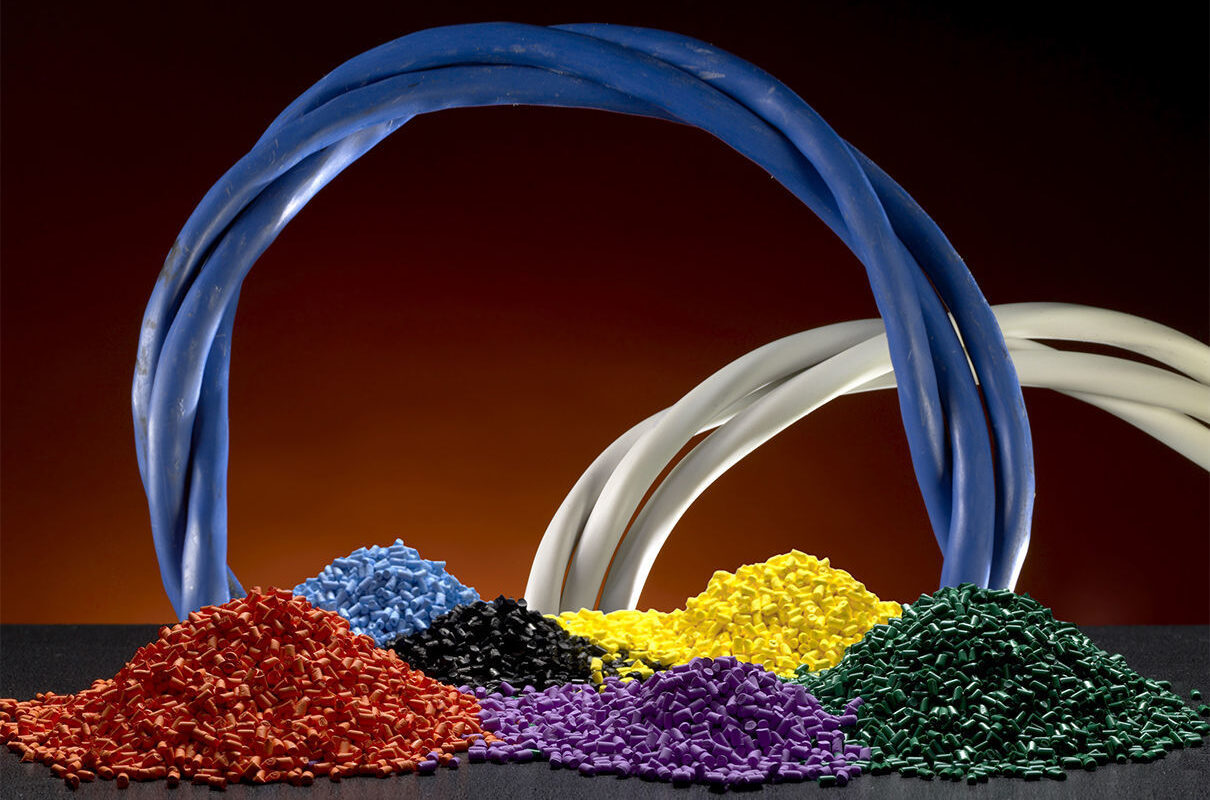Polypropylene compounds are a class of plastics that are synthesized from the thermoplastic polymer polypropylene. They offer a unique mix of properties that have made them one of the most widely used plastics globally. In this article, we explore the chemistry, properties, applications and future potential of these versatile thermoplastics.
Chemistry and Production
Polypropylene belongs to the group of plastics called polyolefins as its backbone is composed solely of carbon and hydrogen atoms arranged in chains. Chemically, it is a linear alkyl polymer made by polymerizing the monomer propylene. At industrial scales, polypropylene is produced using stereospecific catalysts which add propylene units to yield polymers with isotactic structures. The resulting highly crystalline thermoplastic exhibits properties intermediate between polyethylene and polyvinyl chloride (PVC).
Often to enhance properties, polypropylene is compounded with additives and fillers. Common additives include UV stabilizers, antioxidants, colorants and flame retardants. Reinforcement with fillers such as glass fibers and carbon black improves mechanical properties like stiffness and heat resistance. The polymer is typically compounded as pellets or powder for further processing by molding or film extrusion methods.
Properties
The key properties of Polypropylene Compounds stem from its semi-crystalline nature and versatility. It is lightweight and has a density ranging from 0.88-0.92 g/cm3. Strength-wise, polypropylene has a flexural modulus of 1,200-2,000 MPa and tensile strength of 30-50 MPa. Its softening point ranges from 155-170°C.
Polypropylene is highly resistant to moisture, acids/bases and microbiological attack. It also retains mechanical properties across a wide temperature range (-20°C to 80°C). Chemical resistance coupled with ease of processing makes it suitable for applications in corrosive environments. Compounds reinforced with short fibers provide high stiffness and strength comparable to engineering thermoplastics. Flame resistance is enhanced using additives.
Applications
Benefiting from the above properties, polypropylene finds widespread use across industries. It dominates the market for textiles, consumer goods and pipes. Some key application areas are:
Packaging – Films and containers used for food packaging, waste disposal bags and wrappings
Automotive – Interior panels, bumpers, battery casings, dashboards
Textiles – Synthetic fabrics for clothing, home furnishings like carpets
Medical – Blood bags, oxygenator housings, tubing, implants
Construction – Water pipes, windows, doors, fences
Electrical and electronics – Wires and cable insulation, casings
Future Potential
Continuous research and development has expanded the horizons of polypropylene compounds. Novel applications emerging in fields like renewable energy highlight its future potential. Technologies like:
– Wind turbine blades: Glass fiber reinforced PP offers stiffness and durability required for large blades.
– Photovoltaic cells and solar panel frames: PP provides lightweight, corrosion resistant frames for green energy alternatives.
– 3D printing filaments: Modify PP to impart extrusion qualities for fused filament fabrication.
– Automotive under-the-hood parts: Heat and chemical resistant PP compounds replace metal components.
Bio-based and degradable grades using polypropylene sourced from sugarcane are also commercializing. PP is thus poised to consolidate its position as a leader among commodity plastics in the years to come through continuous product innovation.
Polypropylene compounds have become indispensable materials today due to their unique blend of properties, versatility and low cost. The thermoplastic’s extensive use across industry sectors is a testament to its technical superiority and commercial success. With advancements arising from ongoing R&D, these polyolefin compounds have a strong future ahead as sustainable and high performance engineering plastics.
*Note:
1. Source: Coherent Market Insights, Public sources, Desk research
2. We have leveraged AI tools to mine information and compile it


